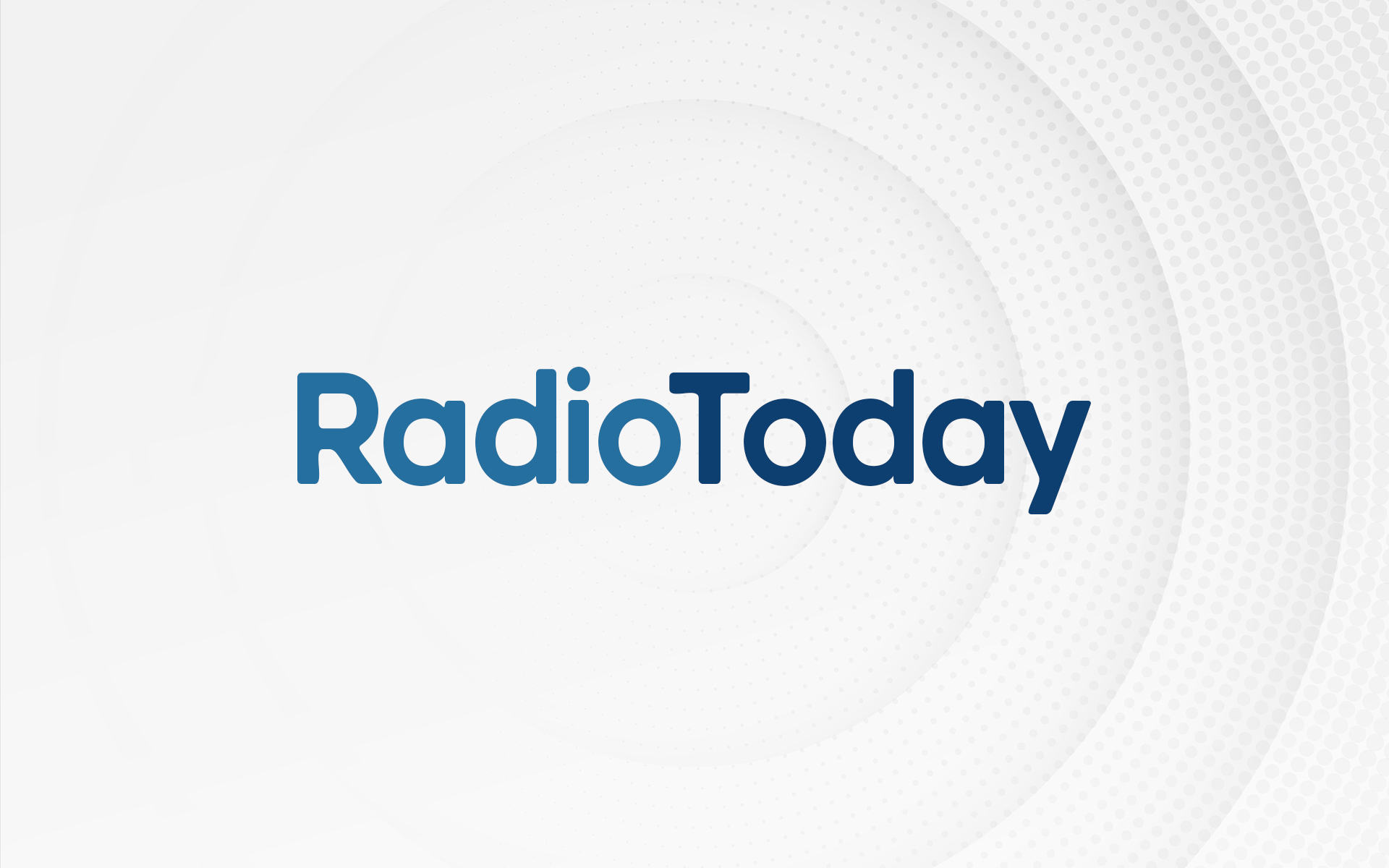
Ofcom’s Radio Licensing Committee made decisions relating to a total of ten applications for community radio licences at its meeting on 7th November 2005.
Seven community radio licences were awarded and the reasons for award in each case are summarised below. The remaining three applicants were not awarded a community radio licence.
All community radio services must satisfy certain ‘characteristics of service’ which are specified in Article 3 of the Community Radio Order 2004. The RLC was satisfied that each of the groups awarded a licence met these ‘characteristics of service’. In addition, each application was considered having regard to the criteria set out in section 105 of the Broadcasting Act 1990 (‘BA 1990’) (as modified by the Community Radio Order 2004). A summary of these criteria is set out below. The key considerations in relation to these criteria, which formed the basis of the RLC’s decisions to award licences to particular applicants, are also set out below. Where applicable, the relevant subsection of section 105 of the BA 1990 is noted in brackets.
Finally, the RLC was satisfied that each group awarded a licence should be allowed to seek up to 50% of its annual income from the sale of advertising or programme sponsorship if it so wishes, in accordance with section 105(6) BA 1990, and that none of the new services would prejudice unduly the economic viability of any other local service (section 105(3) BA 1990).
The applicants
Ofcom’s Radio Licensing Committee considered applications from a variety of locations and made final award decisions in respect of the following applicants:
Toradio (Torfaen, South Wales)
Now Radio (Wigan, Lancashire)
Ness Community Radio (Inverness)
Gloucester FM (Gloucester)
Radio CD (Oxford)
Seaside Radio (Withernsea, East Yorkshire)
CBIT (Newcastle-Upon-Tyne)
LVR FM (Kirkby Lonsdale, Cumbria)
Lionheart Radio (Alnwick, Northumberland)
Youth Community Radio (Worcester)
Licences were awarded to the following seven applicants:
Toradio (Torfaen, South Wales):
This group will serve the geographically based community in Pontypool, Cwmbran and surrounding areas. It is proposing programming which will broaden choice locally (1c) and its members have strong community links allowing the group to demonstrate high levels of support for its proposed broadcasting activities (1d). Training and development objectives are clearly defined (1e) and (1g), and the group has put forward well thought-through proposals to ensure its accountability to its target community (1f).
Gloucester FM (Gloucester):
This group will serve the black and other ethnic minority communities in the city of Gloucester. The group has secured funding and has relevant broadcasting experience (1a). Its programming proposals will broaden choice locally (1c), and it has been able to demonstrate considerable demand and support for its service (1d). The group’s plans to provide training and access were also strong (1e) and (1g).
Seaside Radio (Withernsea, East Yorkshire):
This group will serve the rurally isolated community on the coastal strip surrounding Withernsea in the East Ridings of East Yorkshire. This group has relevant broadcasting experience and already employs a full-time project manager (1a). Plans to deliver ‘social gain’, and in particular training, are well-developed (1e), as are structures for ensuring accountability to the target community (1f). This group’s proposals are also particularly strong in relation to ensuring access to, and training in, the use of its broadcasting facilities (1g).
CBIT (Newcastle-Upon-Tyne):
This group has considerable broadcasting experience locally (1a), and intends to provide a range of training opportunities as part of its ‘social gain’ objectives (1e). Its plans to ensure accountability to the target community (1f) together with its proposals for ensuring access to, and training in, the use of broadcasting facilities (1g) are also strong.
LVR FM (Kirkby Lonsdale, Cumbria):
This group will serve the market town of Kirkby Lonsdale and the surrounding area. Directors of this group have a diverse range of broadcasting experience (1a) and they set out proposals to provide programming which would cater for the tastes and interests of the target community (1b) and broaden choice locally (1c). The group has also been able to demonstrate local support for its proposals (1d) which include the delivery of a diverse range of ‘social gain’ objectives (1e) and ensuring its accountability to the target community (1f).
Lionheart Radio (Alnwick, Northumberland):
Serving the town of Alnwick and its surrounds, this group has local broadcasting experience as well as broadcast and management experience at board level (1a). Programming proposals are relevant to the target community (1b) and the group demonstrates considerable local demand and support (1d). Proposals to deliver ‘social gain’, in particular relating to training (1e), are also strong.
Youth Community Radio (Worcester):
Serving 11 to 25-year-olds in the city of Worcester, this group is well-funded and has relevant local broadcasting experience (1a). Its programming proposals will cater for the tastes and interests of the target community (1b) and will broaden choice locally (1c). The group demonstrates clear demand and support for its service (1d) and has well-developed proposals to ensure its accountability to the target community (1f).
Each of the above community radio services will be licensed on FM for a five-year period.
In addition to the above, the RLC decided not to award a licence to three applicants. These are Now Radio (Wigan, Lancashire), Ness Community Radio (Inverness) and Radio CD (Oxford).

